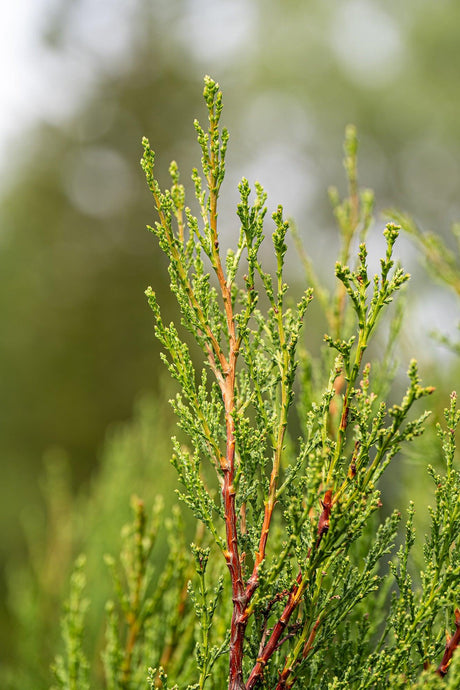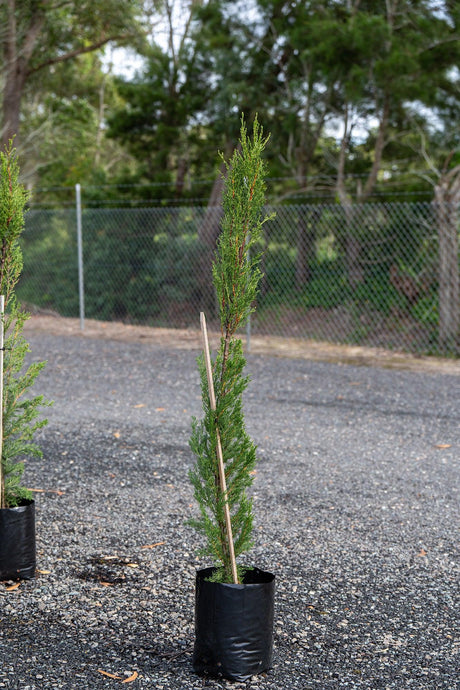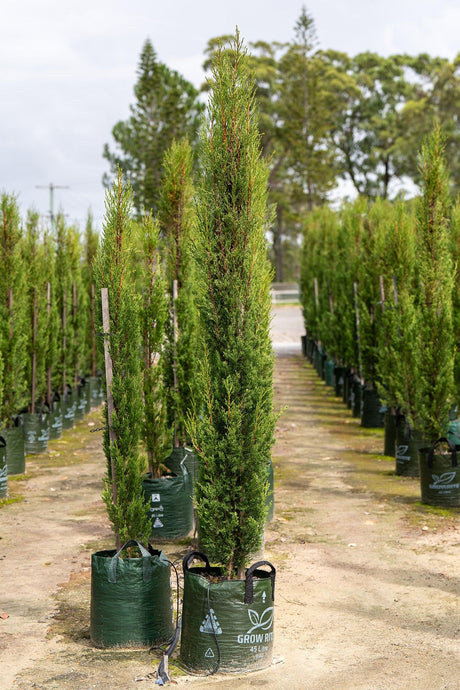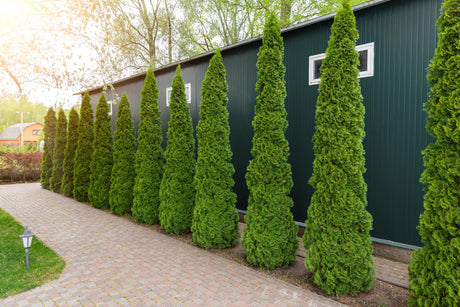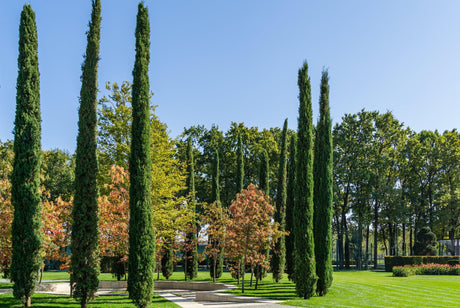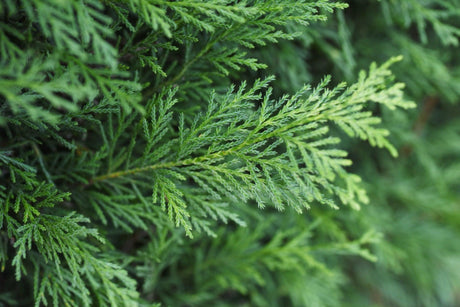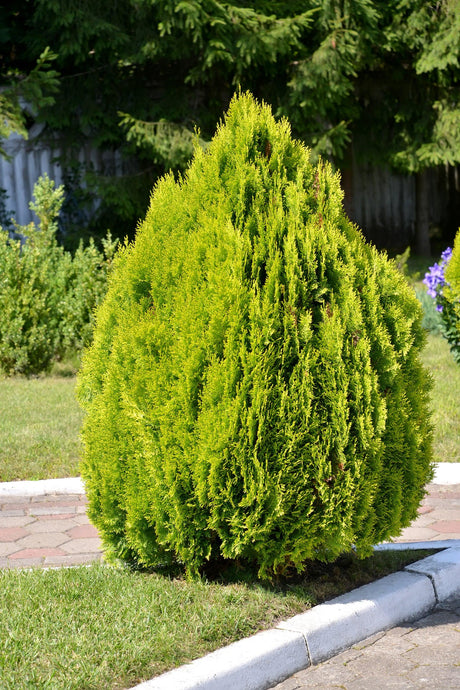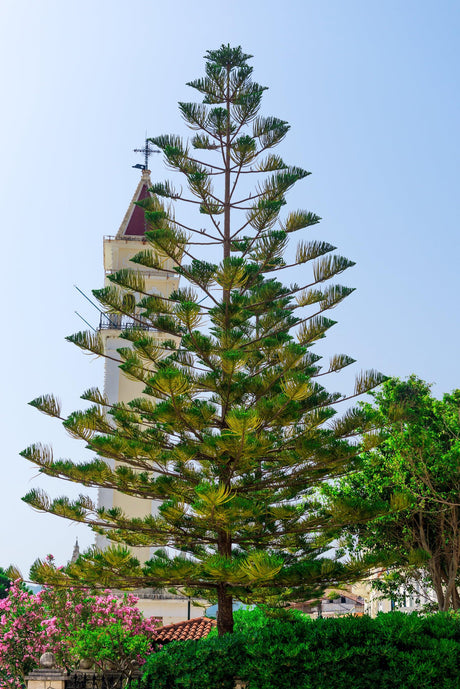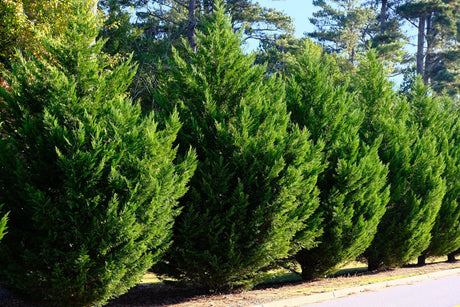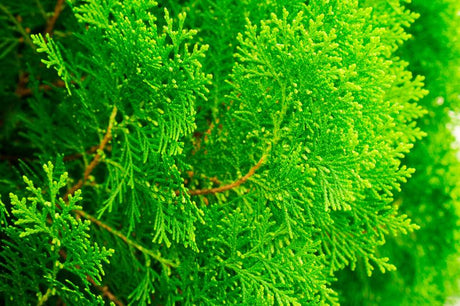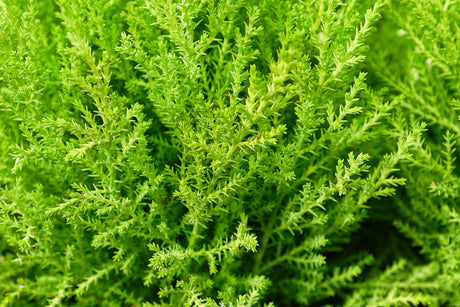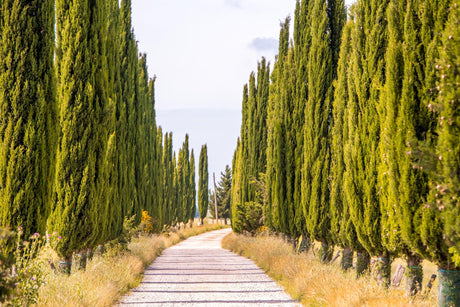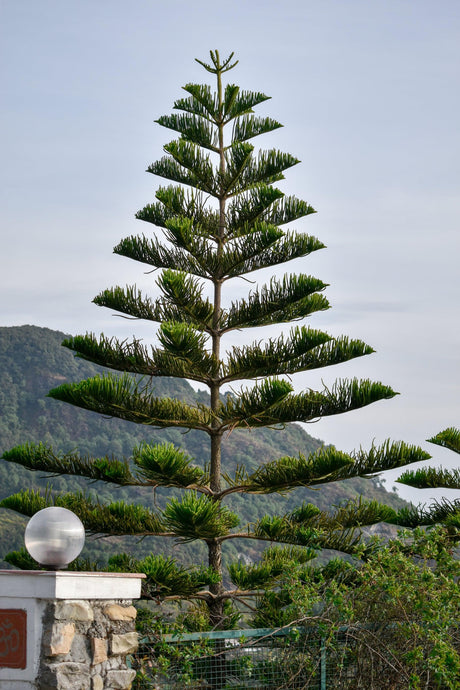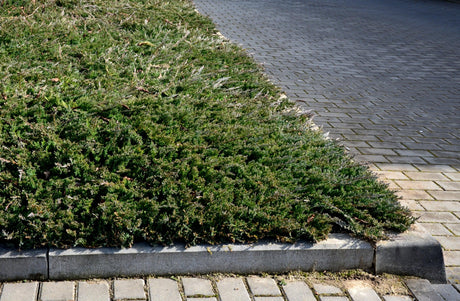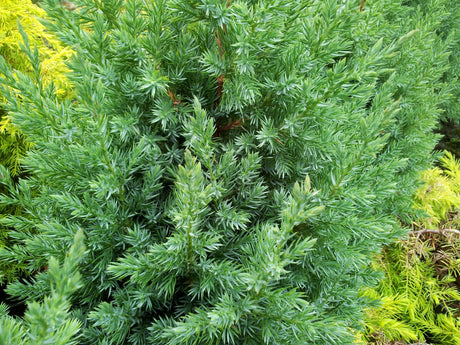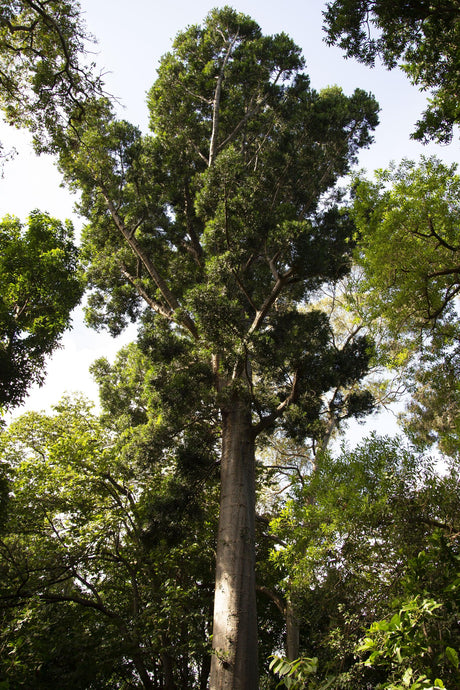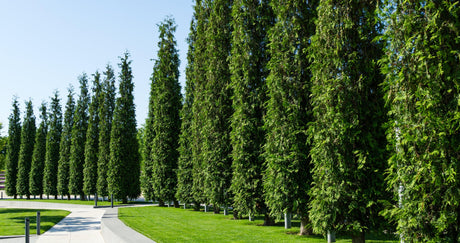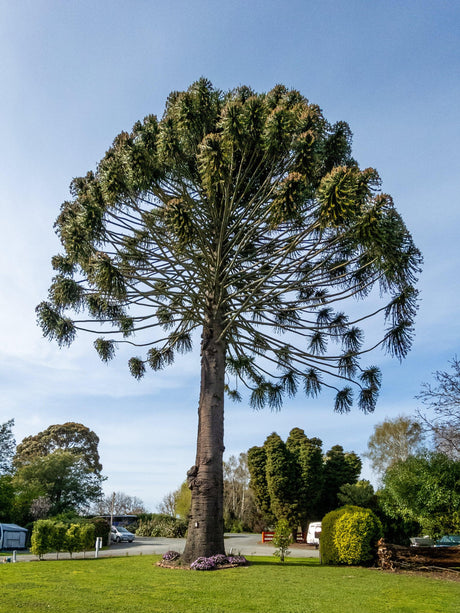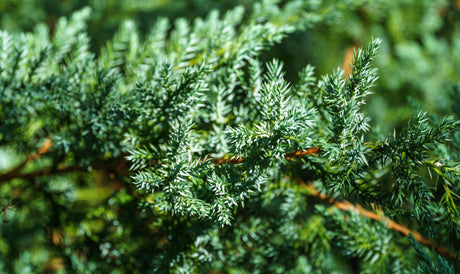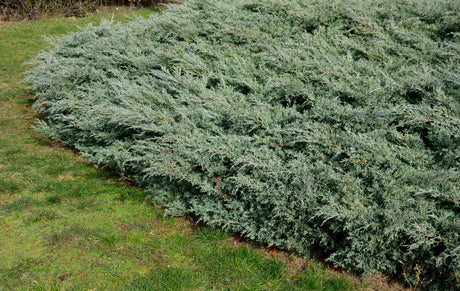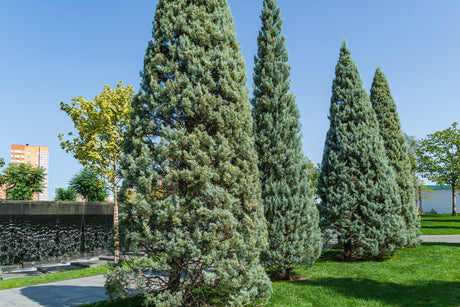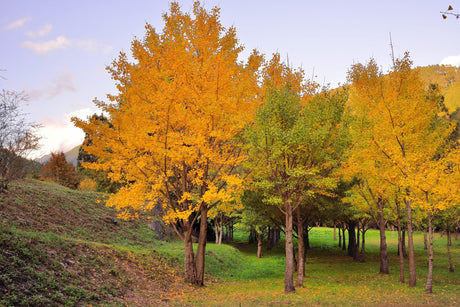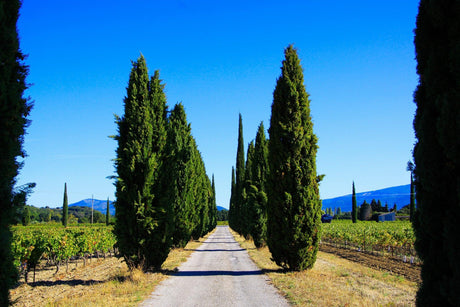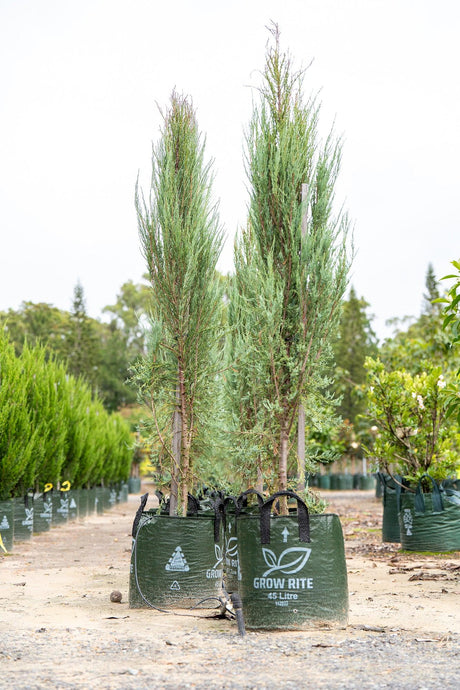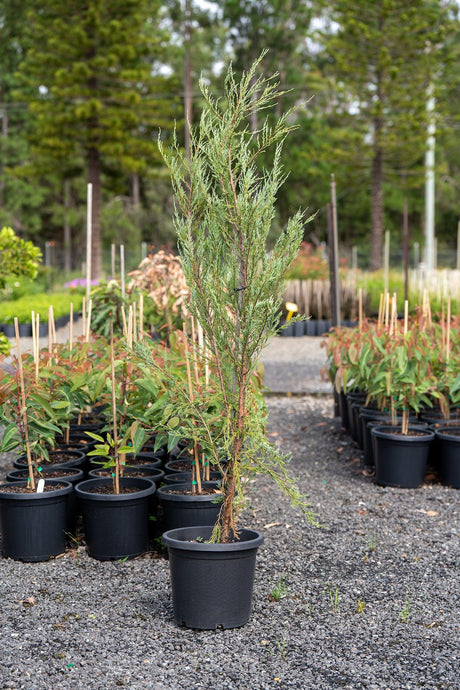Cupressus sempervirens Nitschkes Needles - Pencil Pine
From $24.95$27.95Unit price /UnavailableIn stockThuja occidentalis smaragd 'Emerald Green Arborvitae'
From $29.95$34.95Unit price /UnavailableIn stockCupressus sempervirens Glauca 'Mediterranean Cypress'
From $24.95$27.95Unit price /UnavailableIn stock
Conifers: Transform Your Garden with Year-Round Greenery
Welcome to our Australian online plant nursery, where we offer a wide variety of conifers for sale for gardeners like you. If you're looking to add year-round greenery and beauty to your garden, conifers are the perfect choice. In this article, we'll explore why conifers are a great option, highlight popular varieties, and provide planting and care tips to ensure your conifers thrive. Get ready to transform your garden into a lush oasis with these stunning evergreens!
Why Choose Conifer Trees?
Belonging to the order Pinales, also known as Pinophyta or gymnosperms, conifers are the ideal choice for providing a screening of year-round greenery in your garden. These stately evergreens, with their distinct cone-bearing features, ensure a striking exhibition of lush foliage that persists throughout the year. The assortment of conifers is broad and diverse, ranging from deciduous to dwarf types, with many fast growing varieties to select from. These varieties are particularly well-suited to Mediterranean climates and require little maintenance, making them an excellent choice for any gardener seeking to enhance their outdoor space's beauty and vibrancy. Beyond their aesthetic appeal, conifers can also function effectively as groundcover, protecting and enriching your garden's soil.
Evergreen Beauty
Diverse range of cone-bearing conifers with stunning foliage: Our online plant nursery offers a wide selection of dwarf and fast-growing conifers that will bring beauty to your garden all year round. These evergreen trees and shrubs boast a variety of unique shapes, sizes, and textures, making them an ideal choice for adding depth and texture to your landscape design.
Year-Round Greenery
Enjoy greenery even during the winter months with cone-bearing conifers that provide a constant source of color in your garden. These fast-growing dwarf conifers are the perfect choice to escape from the dreariness of bare deciduous trees and shrubs.
- Enjoy greenery year-round
- Conifers provide constant color
- Dwarf conifers for small gardens
- Fast-growing varieties
Variety of Shapes and Sizes
Choose from a stunning selection of cone-bearing conifers, perfect for adding vertical interest and elegance to your garden. These tall and majestic trees will create a striking focal point in any landscape. Looking for something more compact? Our range includes dwarf varieties that are ideal for small spaces, ensuring you can enjoy the beauty of conifers no matter the size of your garden. And if you're looking to add some unique shapes to your outdoor oasis, explore our collection of pyramids, globes, and cascading forms - each one offering its own distinct charm and character.
Low Maintenance
Conifers, with their cone bearing and evergreen foliage, are a low maintenance choice for any garden. Unlike deciduous plants that require regular pruning, conifers need minimal trimming to maintain their shape and size. This means you can spend less time on upkeep and more time enjoying the beauty of your garden. Additionally, many conifers are drought-tolerant species that require less watering, making them an ideal choice for busy gardeners or those living in dry climates. With dwarf conifers available for small spaces and fast-growing varieties for quick results, there's a low maintenance conifer suited to every gardener's needs.
Popular Conifer Varieties
Thuja Occidentalis, also known as the American Arborvitae, is a popular conifer variety that adds year-round greenery to any garden. With its dense foliage and elegant pyramidal shape, this evergreen is perfect for creating privacy hedges or focal points in your outdoor space. Its low maintenance requirements make it an ideal choice for both beginner and experienced gardeners.
Cupressus sempervirens, commonly referred to as the Italian Cypress, is another sought-after conifer variety that brings a touch of Mediterranean charm to your garden. Known for its slender columnar shape and vibrant green foliage, this conifer makes a stunning addition when planted in rows along driveways or pathways. Its drought-tolerant nature and versatility make it an excellent choice for various landscaping projects.
Thuja Occidentalis
Thuja Occidentalis, also known as the American Arborvitae, is a popular conifer variety that adds year-round greenery to any garden. With its dense foliage and elegant pyramidal shape, this evergreen is perfect for creating privacy hedges or focal points in your outdoor space. Its low maintenance requirements make it an ideal choice for both beginner and experienced gardeners.
Cupressus sempervirens
Cupressus sempervirens, commonly referred to as the Italian Cypress or Pencil Pines, is another sought-after conifer variety that brings a touch of Mediterranean charm to your garden. Known for its slender columnar shape and vibrant green foliage, this conifer makes a stunning addition when planted in rows along driveways or pathways. Its drought-tolerant nature and versatility make it an excellent choice for various landscaping projects.
Thuja orientalis Morgan
Thuja orientalis Morgan is a stunning conifer with unique characteristics. Its dense, feathery foliage and compact growth make it an excellent choice for small gardens or as a statement plant in larger landscapes. This variety can reach a height of up to 10 feet, creating an impressive vertical element in your garden design.
Juniperus Chinensis
The versatility of Juniperus Chinensis in landscape design makes it an excellent choice for gardeners looking to add variety and visual interest to their outdoor spaces. With its ability to thrive in a range of climates and soil conditions, this coniferous plant can be used as a focal point, a hedge or even as ground cover. Its dense foliage and attractive blue-green color provide year-round greenery that adds beauty and depth to any garden.
Planting and Care Tips
Choosing a Suitable Location
Sunlight requirements: When choosing a location for your conifers, consider their sunlight requirements. Most conifers thrive in full sun or partial shade. Make sure the chosen spot receives enough direct sunlight to promote healthy growth and vibrant foliage.
Soil drainage: Another important factor is soil drainage. Conifers prefer well-draining soil to prevent waterlogged roots, which can lead to root rot and other diseases. Ensure that the location has good drainage so that excess water doesn't collect around the plants.
Proximity to other plants: Consider the proximity of your chosen location to other plants. Some conifers may spread out or grow tall, so it's crucial to give them enough space from neighboring plants. This not only ensures proper air circulation but also prevents competition for nutrients and resources among nearby plantings.
Preparing the Soil
Testing the pH of your soil is an essential step in preparing it for growing conifers. Use a pH testing kit or send a sample to a lab for analysis. Depending on the results, you may need to make adjustments by adding organic matter to improve the soil's acidity or alkalinity.
Amending your soil with organic matter such as compost or well-rotted manure can help provide important nutrients and improve its structure. This will create better drainage and allow roots to penetrate more easily, leading to healthier conifer plants.
Improving soil structure is crucial for proper root development and overall plant health. Incorporating coarse sand or perlite into heavy clay soils can enhance drainage, while adding organic matter can increase water retention in sandy soils. Aim for a crumbly texture that allows roots to spread out and access necessary oxygen and nutrients efficiently.
Planting Instructions
Digging the planting hole requires careful consideration. Ensure that the hole is wide and deep enough to accommodate the conifer's root system for optimal growth.
Proper spacing between conifers is essential to prevent overcrowding and allow each plant to thrive independently. Leave sufficient distance between each conifer, considering their mature size.
Positioning and aligning the conifer in the hole should be done with precision. Place it straight and upright, ensuring its best side faces outward for maximum visual impact in your garden landscape.
Watering and Fertilizing
Establishment watering needs: When it comes to newly planted conifers, adequate watering is crucial for their establishment. It's important to provide them with a deep soak immediately after planting and continue regular watering for the first few weeks until they become established.
Fertilizer application schedule: Conifers benefit from regular fertilization during the growing season. Apply a balanced slow-release fertilizer in early spring and again in late summer or early fall. This will supply them with essential nutrients that promote healthy growth and vibrant green foliage.
Avoiding overwatering or under-fertilizing: While it's important to provide sufficient water, avoid overwatering your conifers as this can lead to root rot and other issues. Similarly, be cautious not to under-fertilize them, as this can result in nutrient deficiencies and poor growth. Monitor moisture levels regularly and adjust your fertilizer application accordingly for optimal health of your conifers.
Pruning and Trimming Conifers
When to prune conifers is crucial for maintaining their health and shape. For most conifers, the best time to prune is in late winter or early spring before new growth begins. Caring for different growth habits of conifers requires understanding their natural forms and pruning accordingly. Some conifers, like pines, need minimal pruning while others may require more frequent shaping. Pruning not only enhances the aesthetic appeal of your garden but also promotes the overall health of your conifers by allowing better air circulation and sunlight penetration.
The importance of pruning for shape and health cannot be overstated when it comes to conifers. Regular pruning helps maintain a desired form by removing dead or overgrown branches that can disrupt the overall silhouette. By eliminating these problem areas, you allow sunlight to reach all parts of the tree, enhancing photosynthesis and promoting healthy growth from top to bottom. Pruning also prevents disease by improving air circulation within the foliage, reducing moisture buildup that can lead to fungal infections or other issues.

